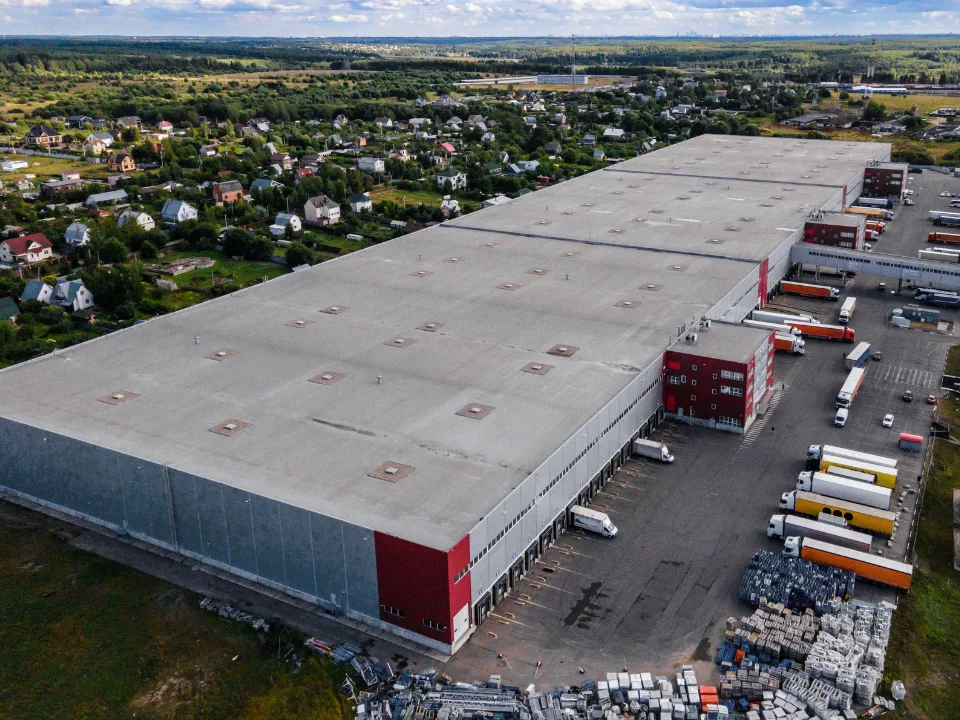- Tariff uncertainty is reshaping supply chains, especially for automotive and manufacturing sectors reliant on cross-border trade.
- Mexico has surpassed China as the US’s top trading partner, driving demand for logistics infrastructure across North America.
- Automakers are rapidly adapting, with some shifting production to the US and others pausing operations in Canada and Mexico.
- Regional demand is diverging, with potential slowdowns in US West Coast markets and rising activity in Mexico and Canada.
A Shifting Trade Landscape
North America’s industrial real estate market is entering a period of transformation, according to Newmark’s 2025 Industrial Outlook. Spurred by a multi-year pivot away from Chinese manufacturing, trade flows are increasingly regional, with Mexico now the US’s top trading partner. Cross-border commerce is fueling demand for logistics hubs, rail-served sites, and inland intermodal infrastructure, per GlobeSt.
However, the latest round of US industrial tariffs—most notably a 25% levy on imported vehicles—has added friction to already complex supply chains. Industries reliant on continental integration, especially automotive and advanced manufacturing, are facing production delays and shifting operational strategies.
Automakers React, But Supply Chains Strain
The impact has been swift. Stellantis idled plants in Canada and Mexico, while GM increased production in Indiana. Hyundai committed $21B to US expansion, including a $6B steel facility in Louisiana. These moves reflect a broader trend of onshoring, though raw material supply chains are still playing catch-up.
According to Newmark, the timeline for resolving production disruptions remains unclear—and the broader ripple effects could alter regional industrial dynamics for years.
Get Smarter about what matters in CRE
Stay ahead of trends in commercial real estate with CRE Daily – the free newsletter delivering everything you need to start your day in just 5-minutes
Real Estate Impacts Vary by Region
Despite the uncertainty, the North American industrial sector absorbed 168M SF of space last year, with another 400M in development. The US market accounts for the lion’s share—18B SF out of 21B total—but its vacancy rate of 6.9% trails Mexico (3.5%) and Canada (3.7%), pointing to tighter conditions abroad.
New industrial tariffs may also redirect trade routes. If cross-border costs rise, Canadian and Mexican companies could prioritize trade with each other, bypassing US hubs in favor of continental rail networks. This could boost industrial demand in Canadian and Mexican rail-linked markets, while dampening momentum in US seaport regions—especially on the West Coast.
What’s Next?
Beyond tariffs, evolving energy and tax policies may reshape the investment landscape. Possible extensions of expiring corporate tax cuts could spur capital spending, while changes in energy pricing may affect operational costs for manufacturers and logistics operators alike.
While the long-term outlook remains positive, the path forward will depend heavily on policy decisions and how quickly industries can reconfigure their supply chains. For now, North America’s industrial market is in flux—but poised for transformation.
















